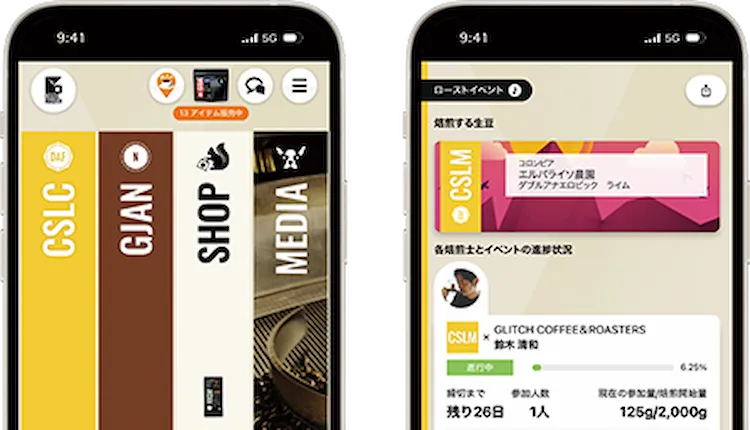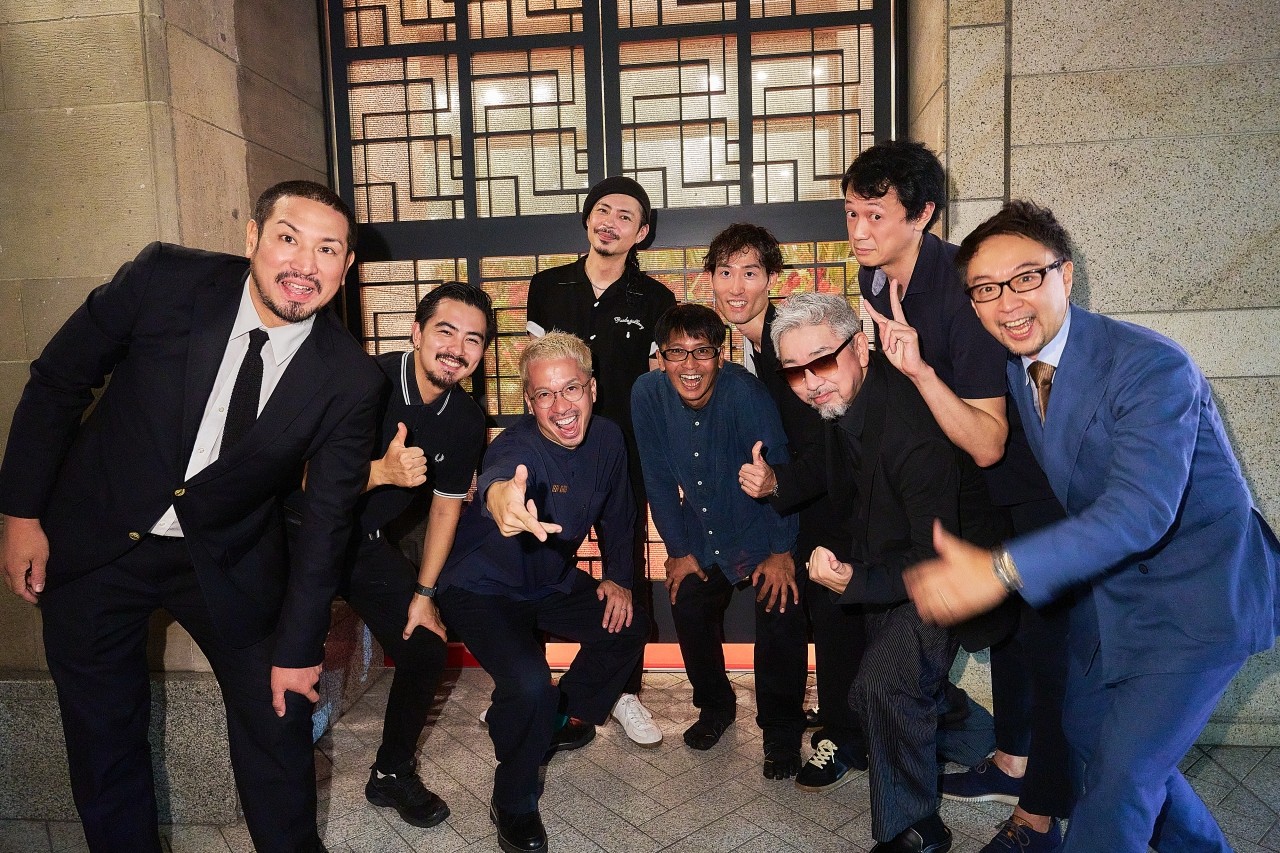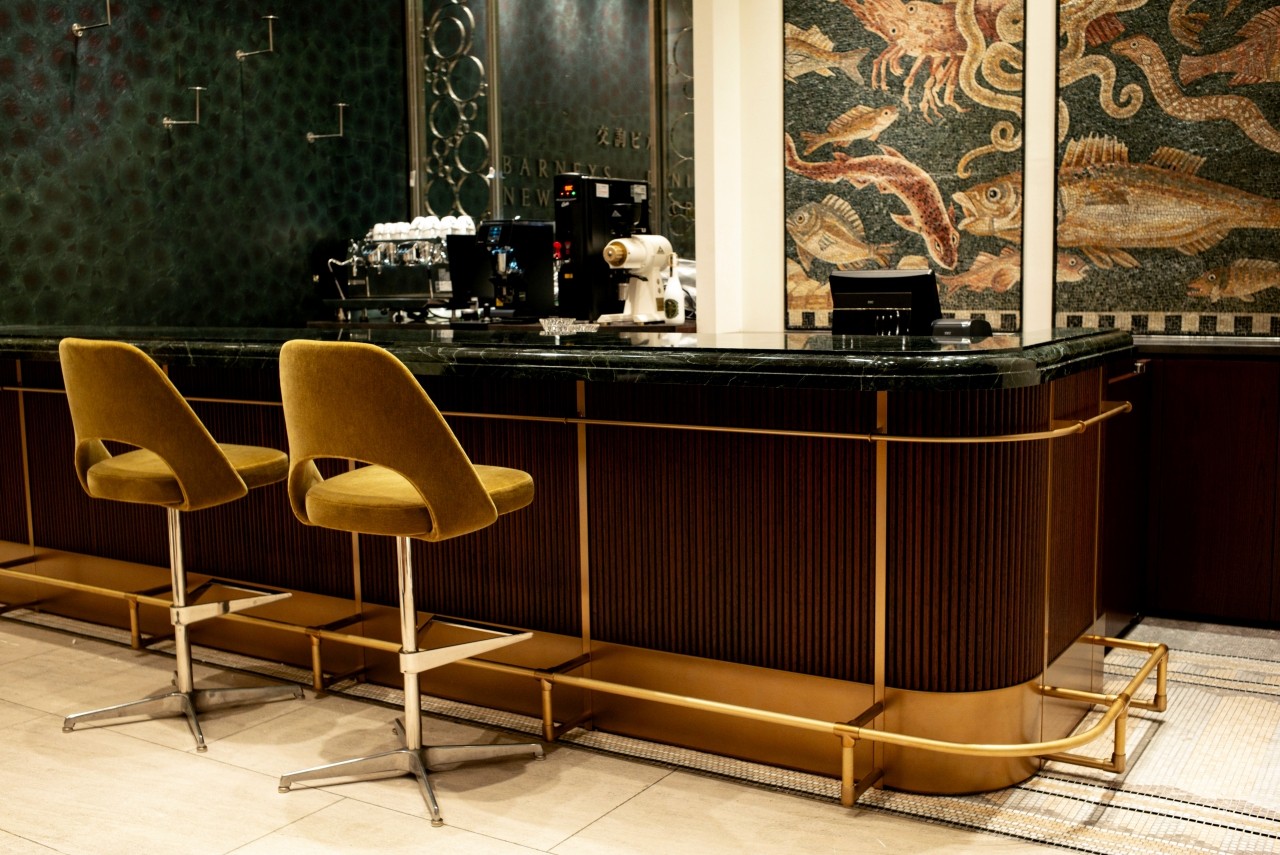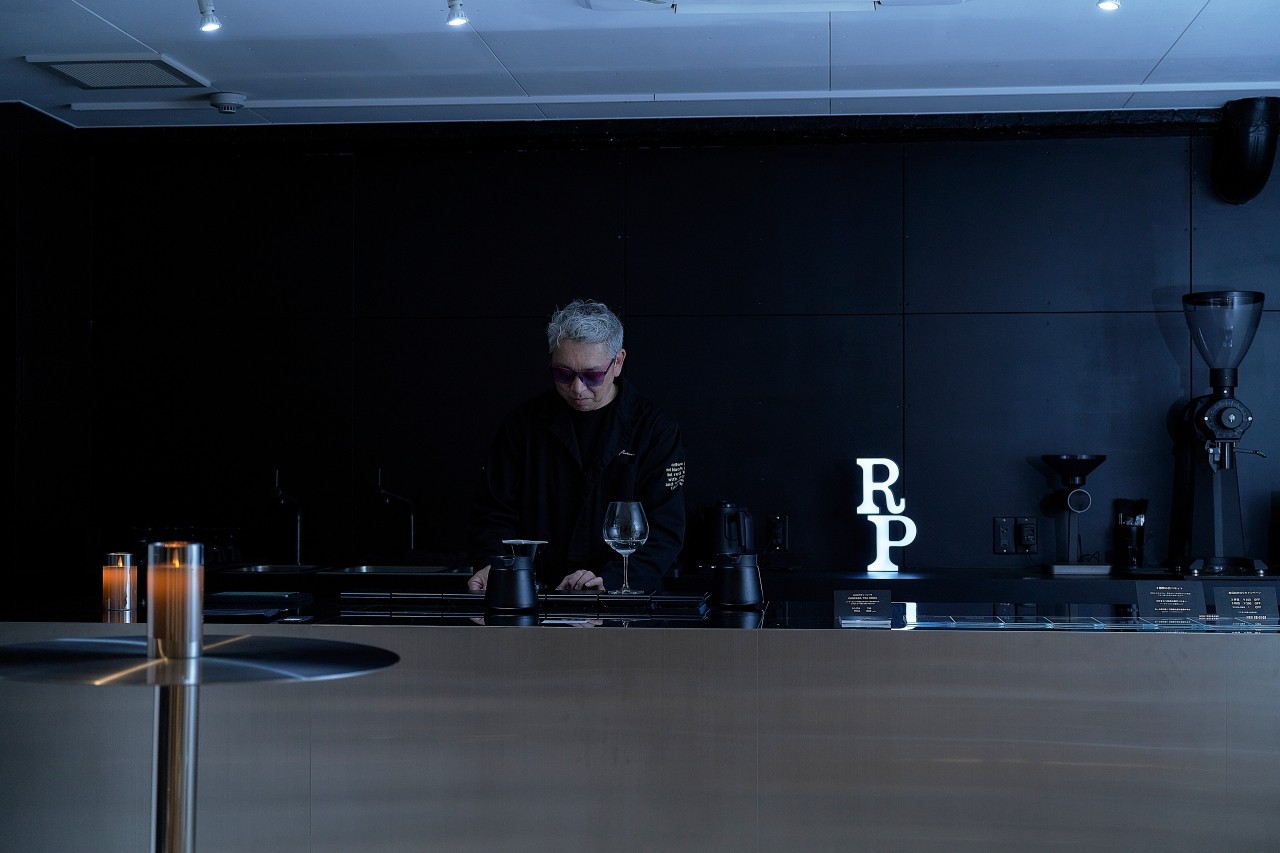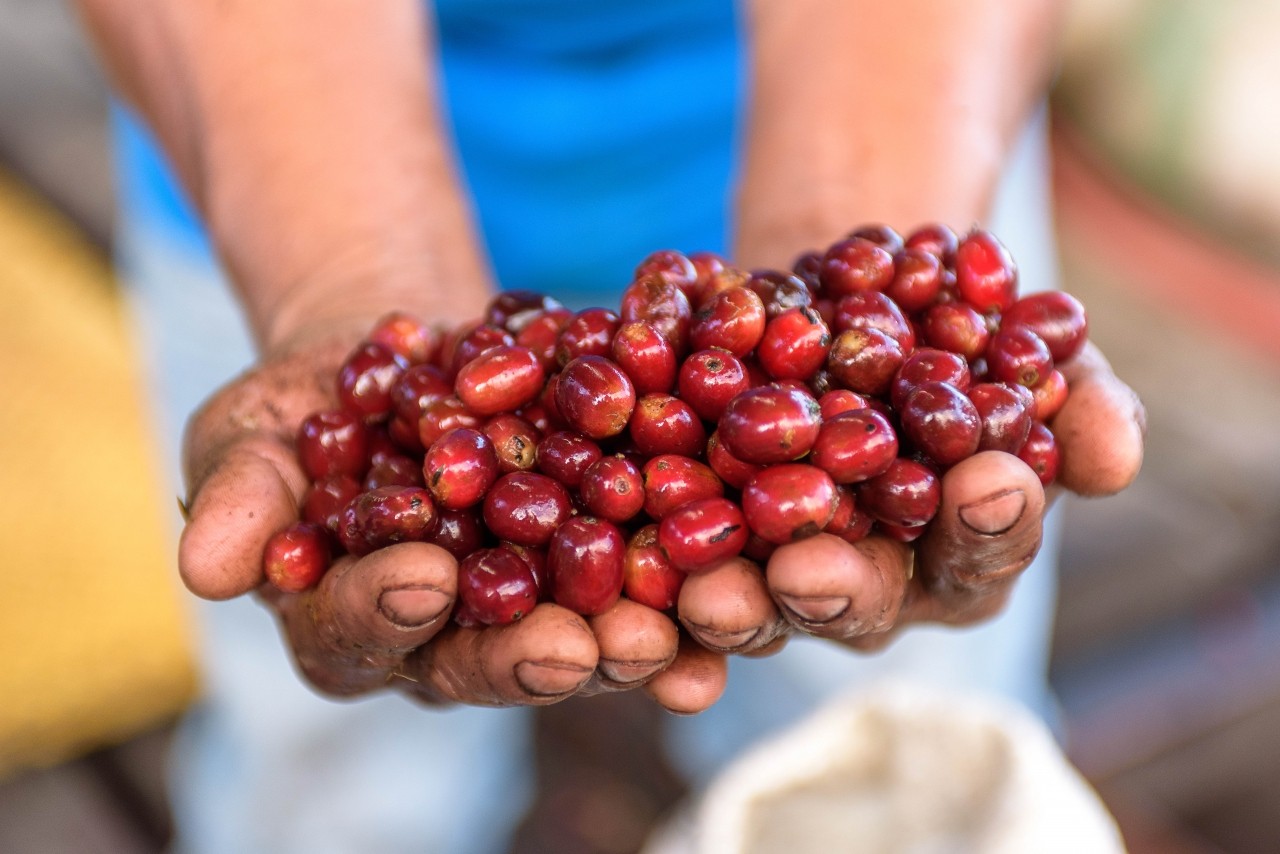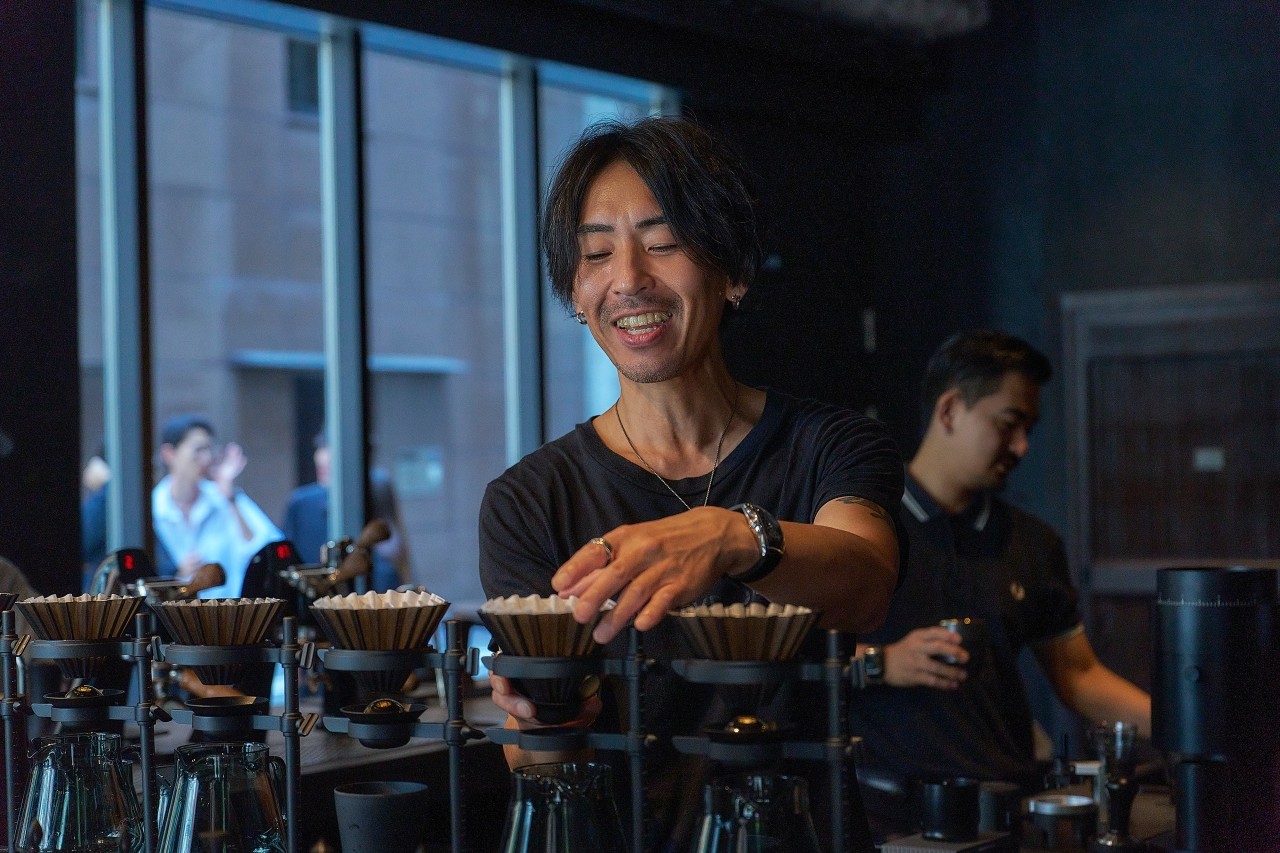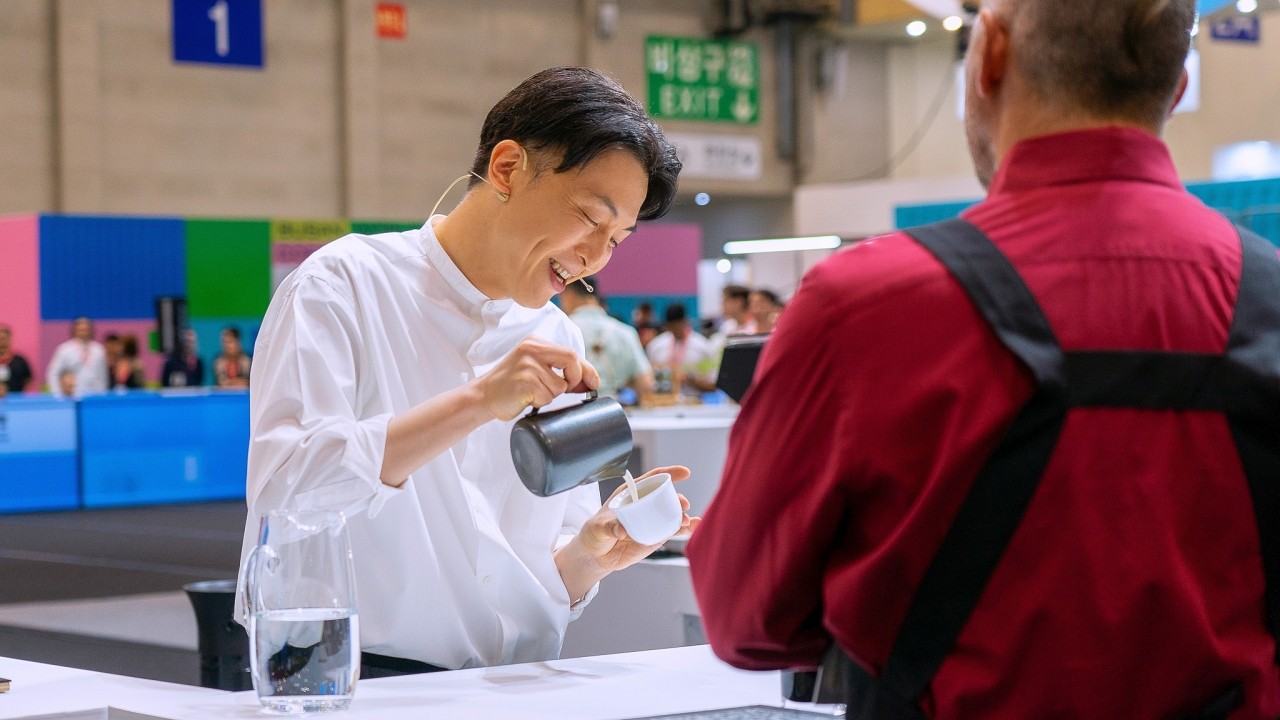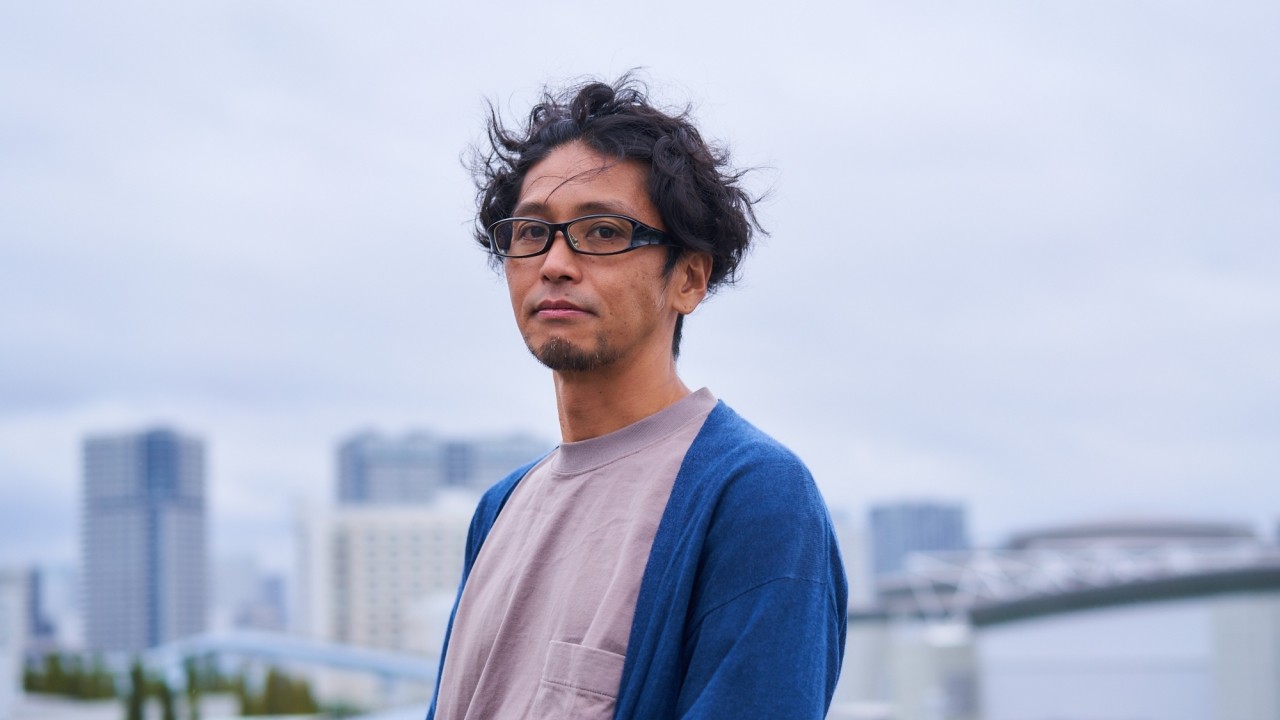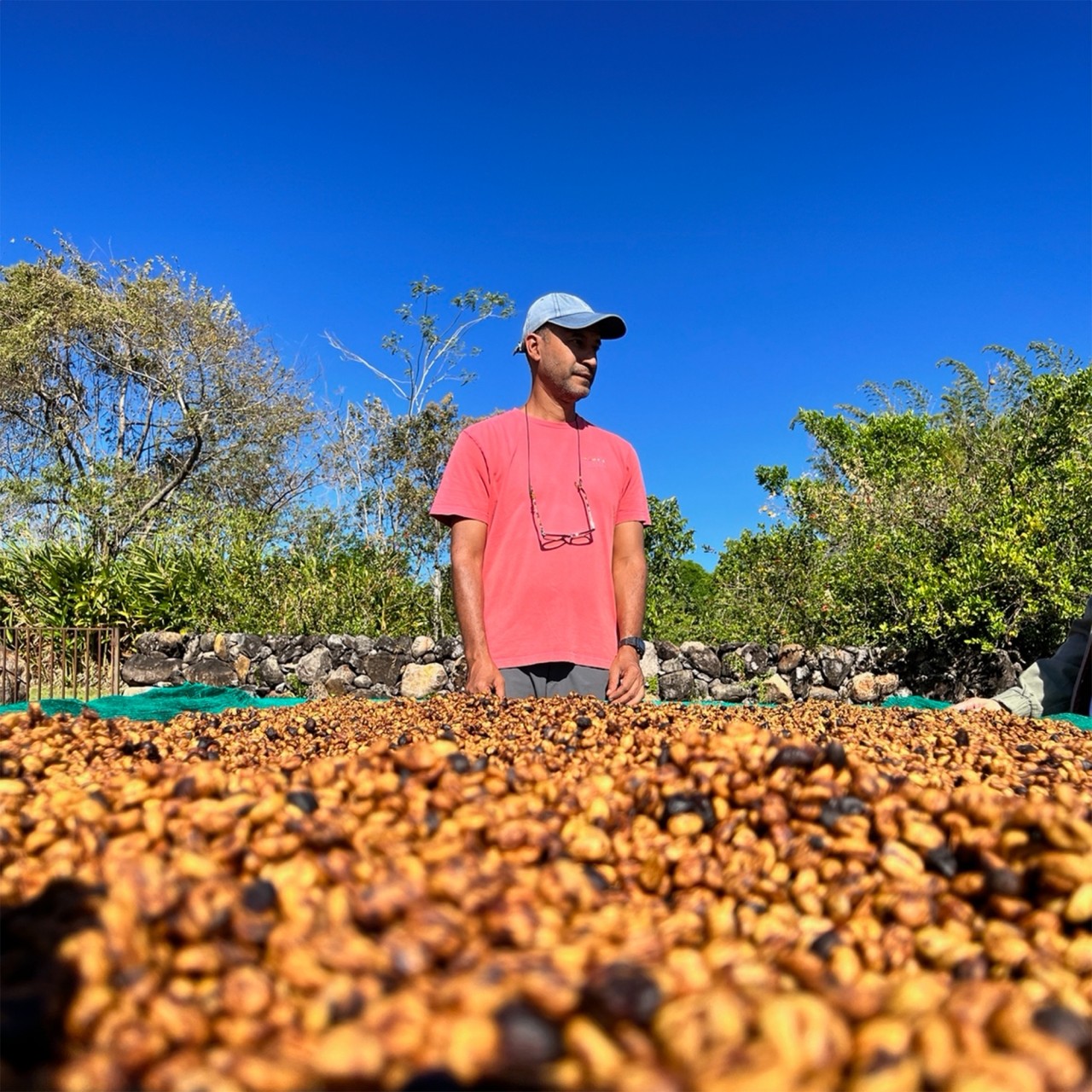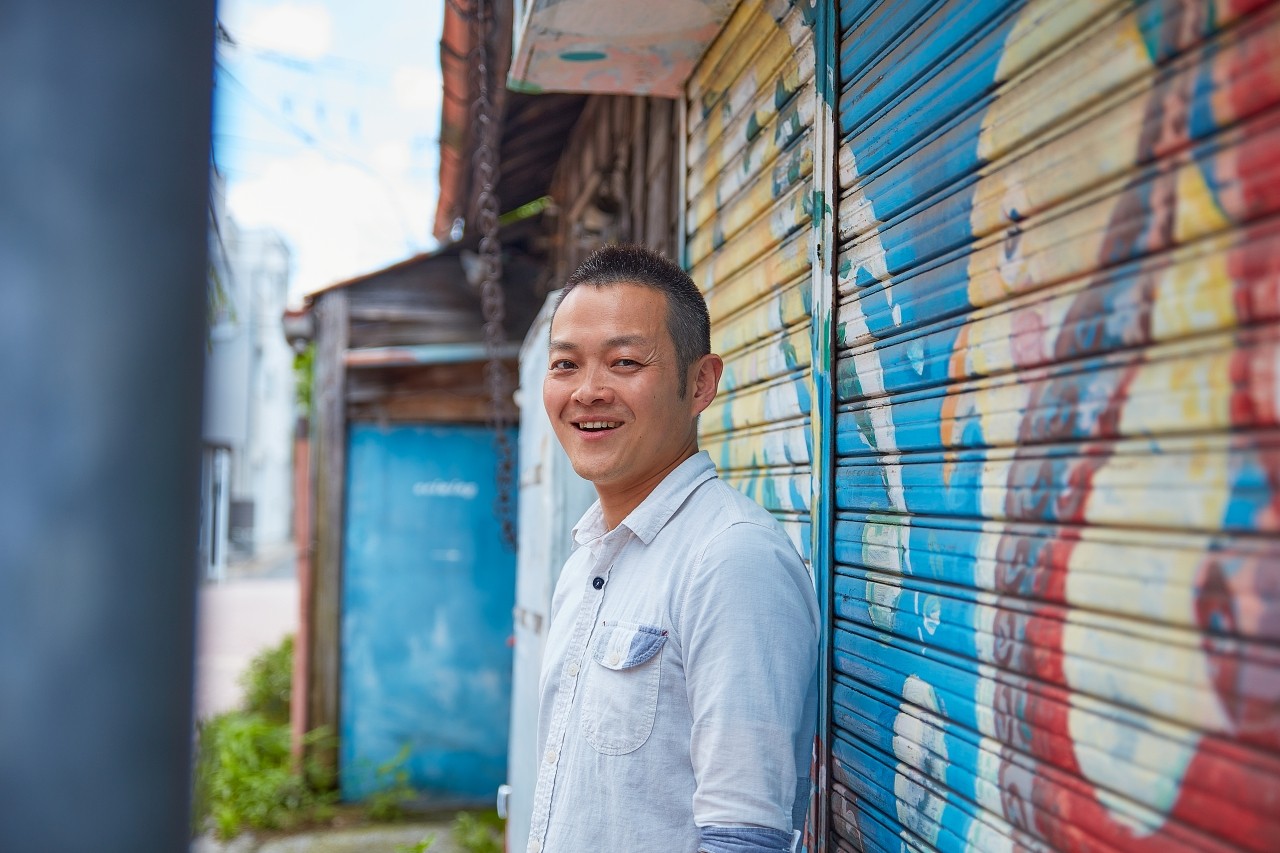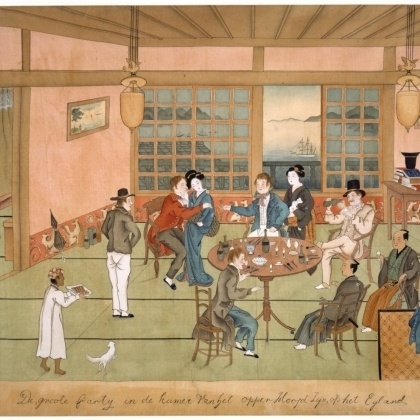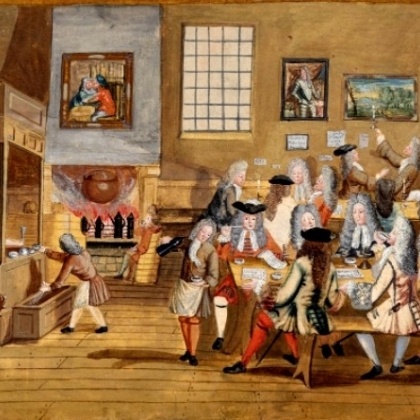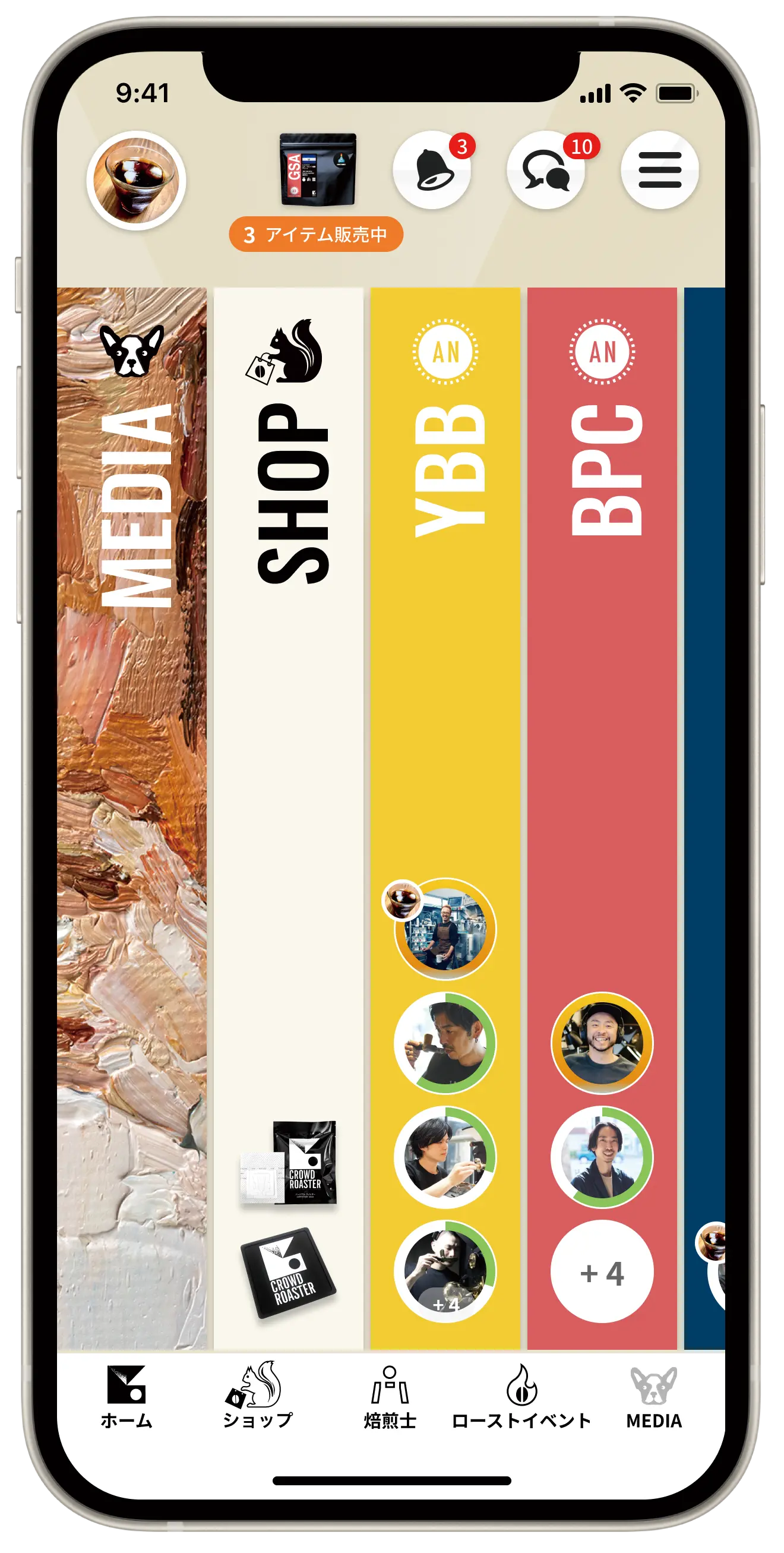Men who dreamed of Parisian cafes: Bread Club and coffee culture
Romanticism and Cafes
When talking about Japanese coffee and cafe culture, the " Pan no Kai " salon and cultural movement run by young artists at the end of the Meiji period is always mentioned.
The reason why this has such a deep connection to coffee culture is that artists in their twenties at the time admired the cafes of Paris and traveled extensively in search of an authentic cafe in Tokyo that would fulfill a similar role.
The association is said to have begun at the end of 1908, the 41st year of the Meiji era.
The reason why this has such a deep connection to coffee culture is that artists in their twenties at the time admired the cafes of Paris and traveled extensively in search of an authentic cafe in Tokyo that would fulfill a similar role.
The association is said to have begun at the end of 1908, the 41st year of the Meiji era.

<The cover of the first issue of the literary magazine "Subaru," which was launched around the same time as the Pan no Kai>
The revolutionary aspect of the Pan no Kai was that it provided a forum for interaction between Manabu and artists. The group was centered around young artists, including poets who would go on to appear in the literary magazine Subaru, such as Kitahara Hakushu, Kinoshita Mokutaro, Nagata Hideo, and Yoshii Isamu, as well as painters who had gathered in the art magazine Hosun, such as Yasuo Hakutei, Yamamoto Kanae, Morita Tsunetomo, and Kurata Hakuyo.
At that time, Paris had become a place of aspiration for artists, and the culture of discussing art in cafes spread to Japan. Manabu and I agreed that there was a need for exchanges between art and culture in Japan, and that there was a need for a place to discuss art.
The movement of young artists who began to interact in this way led to a break from the naturalistic tendencies of the previous generation and the creation of Romantic art.
Subaru, named by Mori Ogai and first published in 1909, published many works that were truly romantic, and together with the Pan no Kai, led this trend.
At that time, Paris had become a place of aspiration for artists, and the culture of discussing art in cafes spread to Japan. Manabu and I agreed that there was a need for exchanges between art and culture in Japan, and that there was a need for a place to discuss art.
The movement of young artists who began to interact in this way led to a break from the naturalistic tendencies of the previous generation and the creation of Romantic art.
Subaru, named by Mori Ogai and first published in 1909, published many works that were truly romantic, and together with the Pan no Kai, led this trend.
A beef hotpot restaurant that serves as a cafe
The name of this club seems like it would go well with coffee, but of course it has nothing to do with bread. It is actually taken from the Pan Society, an artistic movement that arose in Berlin in the late 1800s. "Pan" is the god of sheep in Greek mythology.
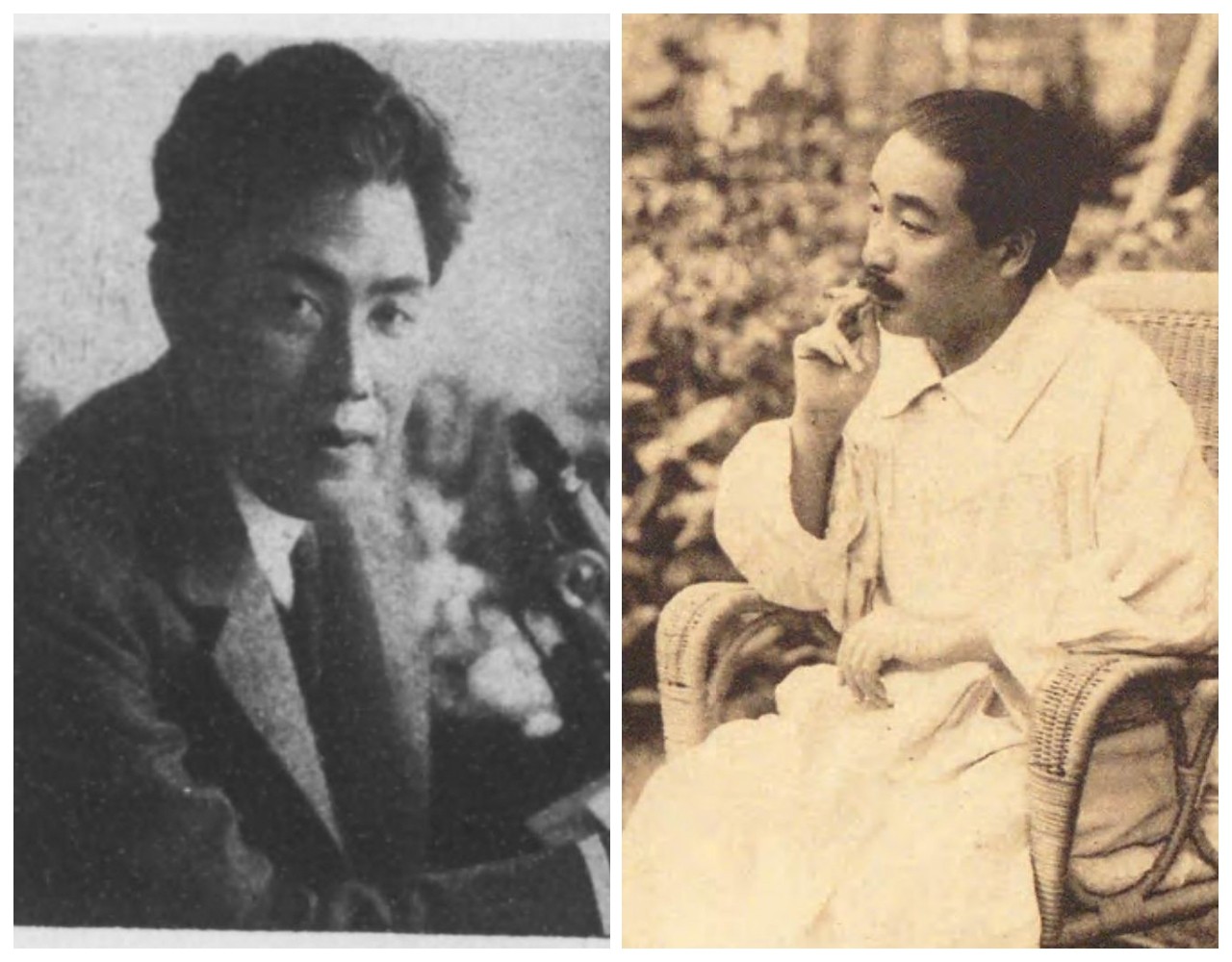 <The founders of the Bread Society, Kinoshita Mokutaro (left), a Manabu and poet, and Kitahara Hakushu (National Diet Library collection)>
<The founders of the Bread Society, Kinoshita Mokutaro (left), a Manabu and poet, and Kitahara Hakushu (National Diet Library collection)> When members of the art fanzine Hosun, along with Kitahara Hakushu and Kinoshita Mokutaro, tried to hold the first meeting of this bread club, the biggest challenge was finding a venue.
This is because there were almost no authentic cafes in Tokyo in the 1900s.
However, in order to emulate the cafe culture of Paris, the members were determined to find a venue on the banks of the Sumida River, which they likened to the Seine. Another reason was that many members felt an affinity with the Edo atmosphere of the downtown area.
It was Kinoshita Mokutaro who worked hard to find a venue. Poet and critic Noda Utaro wrote about this in his book "The Literary Movement with an Exotic Atmosphere" as follows:
"Exotic seagulls were swimming along the banks of the Okawa River in Sumida. Steam belched donut-like smoke rings as it cut through the waves of the river. There was nothing quite like a cafe.
The Sumida River reminded me of the Seine in Paris. I desperately wanted to find a venue along this river that evoked both Western and Edo styles.
At that time, the only coffee places in Tokyo were Aokido near the Akamon Gate in Hongo, and the newspaper reading rooms that were the precursor to the milk halls scattered around town.The rest were either cow shops or Western restaurants.
With no other choice, I decided to go to a Western restaurant instead of a cafe, and found Daiichi Yamato, a three-story building resembling a Western-style building near Ryogoku Bridge. It was a beef hotpot restaurant, but it served Western food and alcohol. The house was dirty. Still, the fact that it was on the banks of the Okawa River gave me a glimmer of satisfaction somewhere in my heart.
One day at the end of the year in 1908, the first bread-making event was held on the third floor of Daiichi Yamato." (Noda Utaro, "The Literary Movement with an Exotic Atmosphere")
Despite all the hard work, the first few meetings were held at this beef hotpot restaurant.
This is because there were almost no authentic cafes in Tokyo in the 1900s.
However, in order to emulate the cafe culture of Paris, the members were determined to find a venue on the banks of the Sumida River, which they likened to the Seine. Another reason was that many members felt an affinity with the Edo atmosphere of the downtown area.
It was Kinoshita Mokutaro who worked hard to find a venue. Poet and critic Noda Utaro wrote about this in his book "The Literary Movement with an Exotic Atmosphere" as follows:
"Exotic seagulls were swimming along the banks of the Okawa River in Sumida. Steam belched donut-like smoke rings as it cut through the waves of the river. There was nothing quite like a cafe.
The Sumida River reminded me of the Seine in Paris. I desperately wanted to find a venue along this river that evoked both Western and Edo styles.
At that time, the only coffee places in Tokyo were Aokido near the Akamon Gate in Hongo, and the newspaper reading rooms that were the precursor to the milk halls scattered around town.The rest were either cow shops or Western restaurants.
With no other choice, I decided to go to a Western restaurant instead of a cafe, and found Daiichi Yamato, a three-story building resembling a Western-style building near Ryogoku Bridge. It was a beef hotpot restaurant, but it served Western food and alcohol. The house was dirty. Still, the fact that it was on the banks of the Okawa River gave me a glimmer of satisfaction somewhere in my heart.
One day at the end of the year in 1908, the first bread-making event was held on the third floor of Daiichi Yamato." (Noda Utaro, "The Literary Movement with an Exotic Atmosphere")
Despite all the hard work, the first few meetings were held at this beef hotpot restaurant.
Introducing "Maison Koonos"
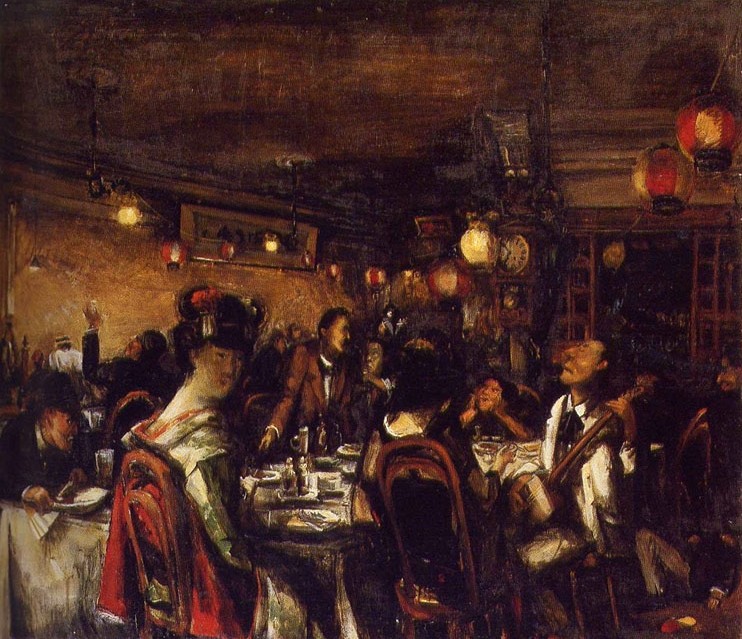 "Bread Club," painted by Kimura Shohachi based on an interview with Kinoshita Mokutaro. This work was exhibited at the 5th Shunyo-kai Exhibition in 1928.
"Bread Club," painted by Kimura Shohachi based on an interview with Kinoshita Mokutaro. This work was exhibited at the 5th Shunyo-kai Exhibition in 1928. Participants in the Pan no Kai included Takamura Hikaru , Osanai Kaoru, and older generations such as Ueda Bin and Nagai Kafu, and the event gradually grew in size. The venue also changed accordingly.
Now let's look at it from Kinoshita Mokutaro's recollections.
"The first two or three times we went there (note: Daiichi Yamato), but the house was so shabby and lacked any charm that we quickly got tired of it. After that, we found a Western restaurant called Sanshuya in Kodenmacho. This was a Kitsusui downtown area lined with old-fashioned wholesale stores, and the house was a Western-style building that retained some of the architectural style of the First National Bank era, so we really liked it. The proprietress was a native of Edo, and for one event she would invite some of the top geisha from Kayacho, and we were delighted, remembering the 'Picture of a Nagasaki Pleasure Feast' that is preserved at Manabu School of Art.
Now let's look at it from Kinoshita Mokutaro's recollections.
"The first two or three times we went there (note: Daiichi Yamato), but the house was so shabby and lacked any charm that we quickly got tired of it. After that, we found a Western restaurant called Sanshuya in Kodenmacho. This was a Kitsusui downtown area lined with old-fashioned wholesale stores, and the house was a Western-style building that retained some of the architectural style of the First National Bank era, so we really liked it. The proprietress was a native of Edo, and for one event she would invite some of the top geisha from Kayacho, and we were delighted, remembering the 'Picture of a Nagasaki Pleasure Feast' that is preserved at Manabu School of Art.
After that, Eitaitei, located near Eitai Bridge in Fukagawa, was often used as a venue as it offered a view of the river.
Much later, Konosu was established in Koamicho, and it was known as "Maison Konosu" (Mokutaro Kinoshita, "Recollections of the Bread Society")
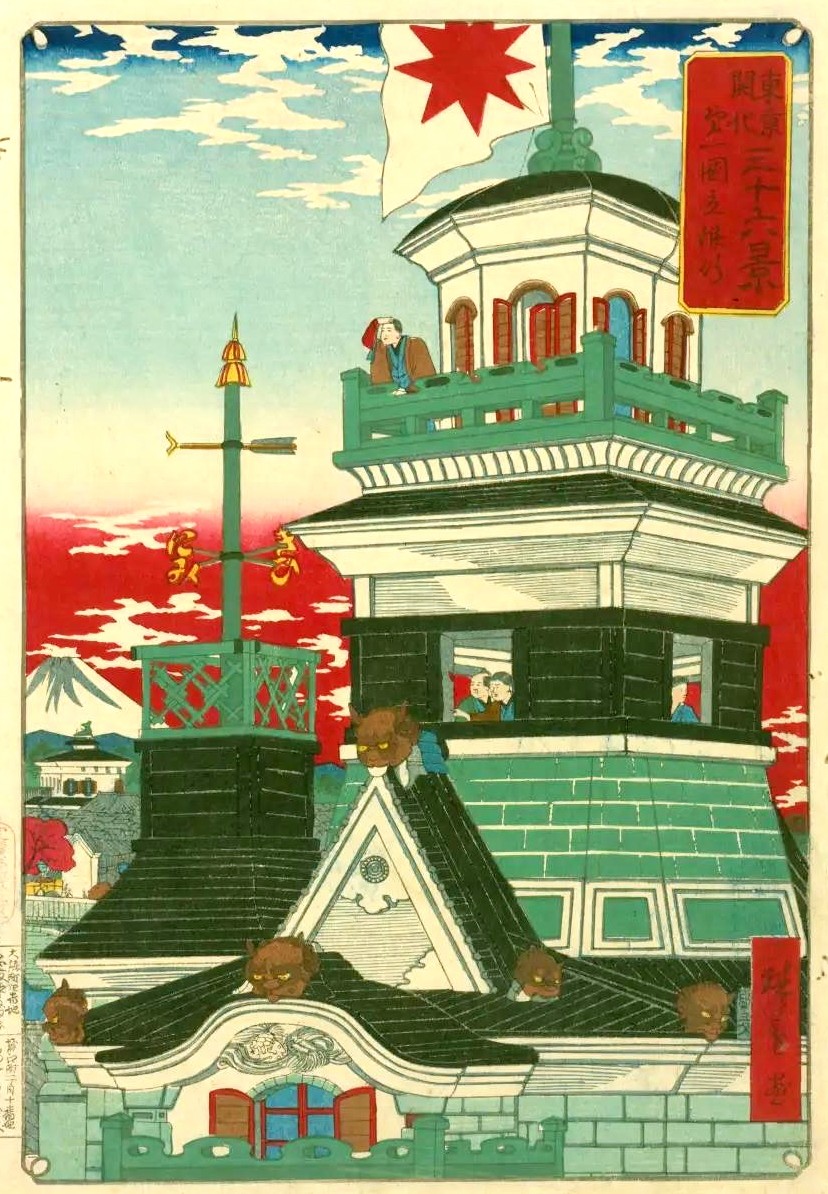 <The First National Bank was a wooden building completed in 1872 (Meiji 5). It is a blend of Japanese and Western styles, and is one of the earliest examples of Western-style architecture in the Meiji era (from "Thirty-six Views of Tokyo," National Diet Library collection).>
<The First National Bank was a wooden building completed in 1872 (Meiji 5). It is a blend of Japanese and Western styles, and is one of the earliest examples of Western-style architecture in the Meiji era (from "Thirty-six Views of Tokyo," National Diet Library collection).>After being held at Western restaurants such as Sanshuya in Kodenmacho, Nihonbashi, and Eidaitei in Fukagawa, the bread gathering was held at a restaurant called Maison Konosu in Koamicho, Nihonbashi.
Konosu is said to be one of the earliest cafe bars and cafe restaurants in Japan, and served French cuisine and French-style dark roast coffee.
At this point, the bread club's original wish was finally fulfilled, and they were able to hold their meetings in a cafe-like establishment.However, by this time the club had grown in size and the number of members who liked alcohol had increased, and it had turned into a grand drinking party.
These bread-breaking parties were depicted in works such as Hakushu Kitahara's "Tokyo Scenic Poems," Mokutaro Kinoshita's "After-dinner Song," and Junichiro Tanizaki's "A Tale of Youth."
Around 1910, the Bread Society began to lose momentum, and came to an end around 1913.
However, the Bread Society, which brought together artists of this era, is said to have left a significant mark on Japanese cultural history, and its pursuit of cafe culture is also clearly engraved in the history of coffee culture.
Maison Konosu moved from Koamicho to the Musashi branch in Nihonbashi around 1915 (Taisho 4), and then operated as a French restaurant in Minamidenmacho, Kyobashi until the Great Kanto Earthquake.
During the Taisho era, meetings of various literary groups such as the Tokakai, Mirai, and Shinshicho were held here, and many writers have written about drinking coffee here.
Along with Cafe Printemps, it became one of the stores that symbolized the cafe culture that had finally begun to flourish in Tokyo, but it closed shortly after the Great Kanto Earthquake.
If you want to enjoy coffee more deeply
" CROWD ROASTER APP"
Manabu at CROWD ROASTER LOUNGE
・Push notifications for article updates・Full of original articles exclusive to CROWD ROASTER
・Direct links to detailed information about green beans and roasters
App-only features
- Choose green beans and roasters to create and participate in roasting events・CROWD ROASTER SHOP: Everything from beans to equipment is readily available
・GPS-linked coffee map function
